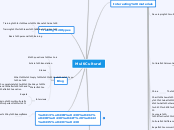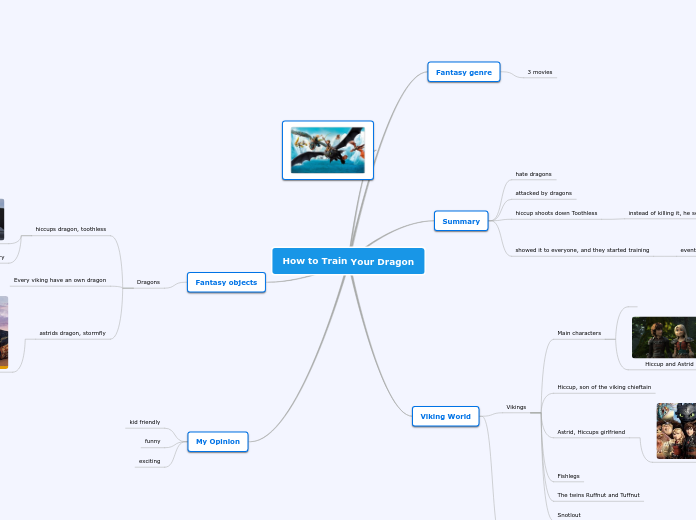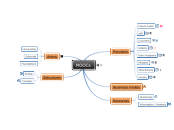realizată de Carla Arena 12 ani în urmă
579
eLearning
Transitioning from face-to-face to online teaching presents several challenges that can affect the effectiveness of educators. Many face-to-face teaching skills do not seamlessly transfer to an online setting, requiring significant training and adaptation.









